PRIORITY I: INSTRUCTIONAL EXCELLENCE
We will prioritize effective teaching strategies and learning opportunities that encourage student voice and agency, and are grounded in evidence-based practices, tailored to the unique needs of each student. This will include ongoing professional development for teachers and staff and the using data to inform instructional decision-making and support continuous improvement.
Goal 1: By 2027, each and every student will achieve at high levels as measured by multiple means.
Year 1 Goals:
By 2024, English/Language Arts (ELA) scores on Oregon Statewide Assessment System (OSAS), Standardized Test for the Assessment of Reading (STAR) and the Dynamic Indicators of Basic Early Literacy Skills (DIBELS) will increase by 5%.
By 2024, we will gather data from students regarding perception of access and support for instructional excellence.
By 2024, staff will receive intentional professional development that builds understanding of what practices offer the highest leverage toward student growth.
Year 2 Goals:
By 2025, growth in ELA scores on OSAS, STAR and DIBELS will increase by 5% over the 2024 scores.
By 2025, growth in math scores on OSAS and STAR will increase by 5%
Throughout the year, gather, track and monitor data (participation, experience, success) for CTE, Dual credit, outcomes for AP, honors, college credit, etc. to increase accessibility to rigorous coursework.
Goal 2: By 2027, we will implement a consistent vision for instructional excellence throughout the district.
Year 1 Goals:
By 2024, Oregon City for Class Design Team, leadership, instructional leadership, and Oregon City Education Association (OCEA) leadership will understand the 5 Dimensions of Teaching and Learning (5D) framework and support its successful implementation.
By 2024, the Instructional Leadership Team will Identify and be able to describe and train school-based colleagues on how the 5 Dimensions of Teaching and Learning (5D) framework aligns with Deeper Learning, Universal Design for Learning (UDL), Advancement Via Individual Determination (AVID) and other important approaches to instruction.
By 2024, all licensed staff will be able to define the 5 Dimensions of Teaching and Learning (purpose, student engagement, curriculum and pedagogy, assessment for student learning, and classroom environment and culture) and understand how the 5 Dimensions support student learning.
Year 2 Goals:
For June licensed evaluations, implement the new evaluation system under the 5Ds framework. Build teacher understanding of specific look-fors under each component of the twelve identified components prioritized in this first year of the evaluation.
By 2025, 25% of teachers will participate in Instructional walkthrough training/peer observation focused on 1-2 of the dimensions in the 5Ds.
Throughout the year, professional development for staff in various modalities will be created and delivered in the 12 components of the 5Ds framework for year one evaluation implementation.
Goal 3: By 2027, teaching staff will collaborate using relevant and timely data to meet student instructional needs so that students will meet or exceed grade level standards and expectations.
Year 1 Goals:
By 2024, we will train school based teaching staff in the four-step process for effective Professional Learning Communities (PLCs) first with a leadership team at the annual conference and then during school-based professional development.
By 2024, we will train school-based teaching staff in how to access and use data from district-approved assessment databases including STAR, DIBELS, Multi-tiered Systems of Support-Early Warning System (MTSS-EWS) and other appropriate measures.
Year 2 Goals:
By 2025, data from the student survey from Spring 2024 will be used to implement a plan to address necessary supports/interventions at the middle school and high school level.
Professional Learning Team work will continue to focus on data to drive their collaboration with a focus on building skills and support in tier two to support student learning needs. Lists of common tools and approaches will be available to staff by grade/level.
At least twice annually, secondary students will reflect on their performance and create their own goals for growth and achievement.


